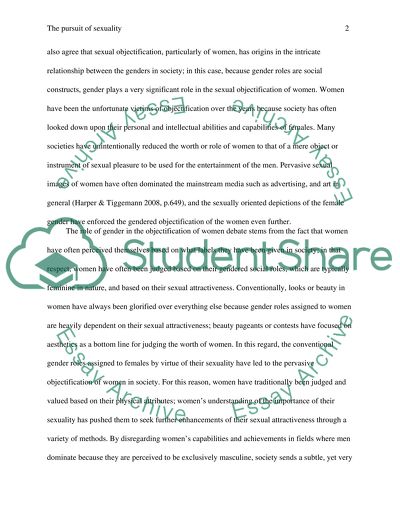Cite this document
(“The pursuit of sexuality Essay Example | Topics and Well Written Essays - 2250 words”, n.d.)
Retrieved from https://studentshare.org/visual-arts-film-studies/1492050-the-pursuit-of-sexuality
Retrieved from https://studentshare.org/visual-arts-film-studies/1492050-the-pursuit-of-sexuality
(The Pursuit of Sexuality Essay Example | Topics and Well Written Essays - 2250 Words)
https://studentshare.org/visual-arts-film-studies/1492050-the-pursuit-of-sexuality.
https://studentshare.org/visual-arts-film-studies/1492050-the-pursuit-of-sexuality.
“The Pursuit of Sexuality Essay Example | Topics and Well Written Essays - 2250 Words”, n.d. https://studentshare.org/visual-arts-film-studies/1492050-the-pursuit-of-sexuality.


